Home>Garden Essentials>How To Plant Nasturtium Seeds
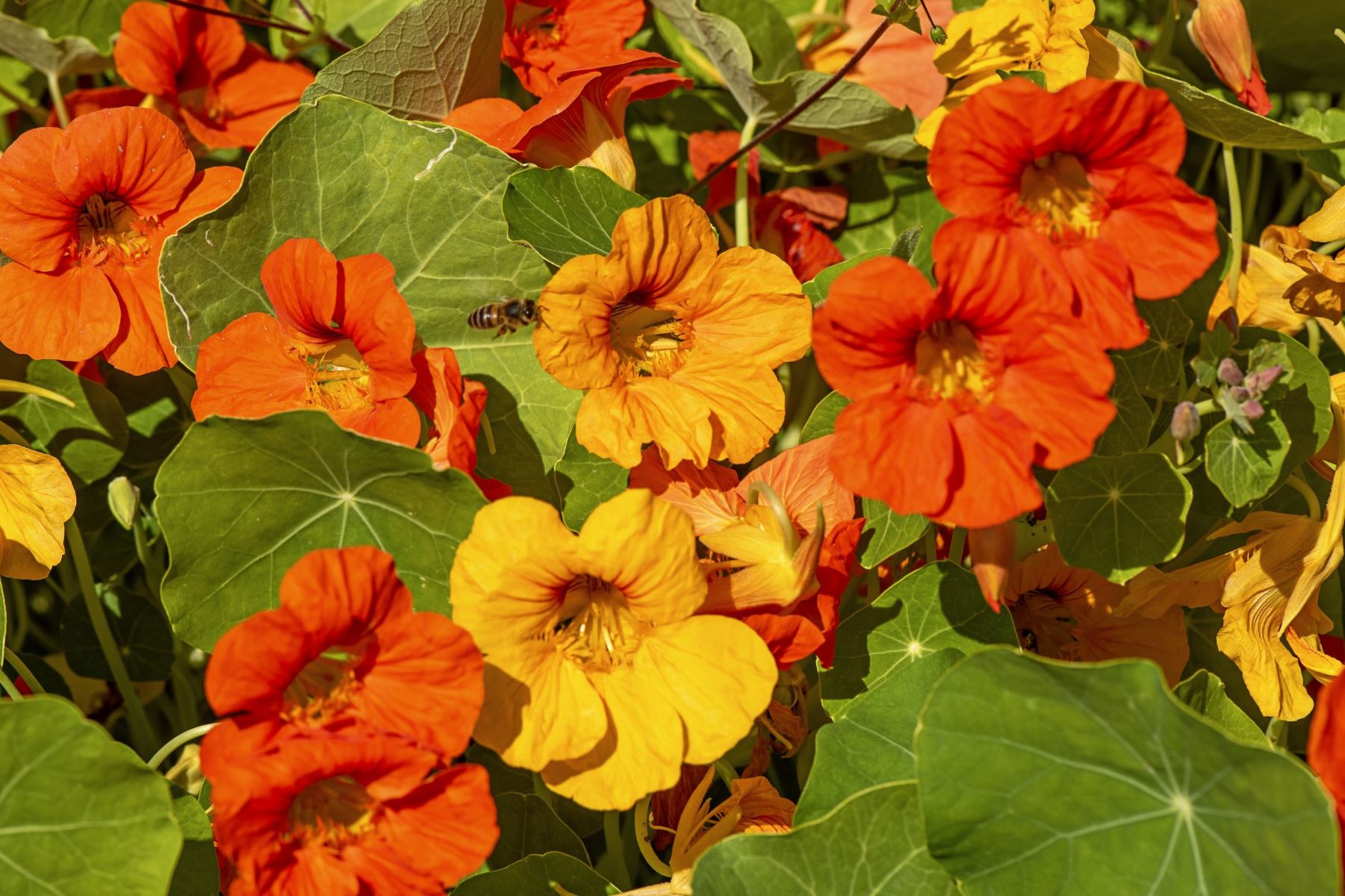

Garden Essentials
How To Plant Nasturtium Seeds
Modified: March 16, 2024
Learn how to plant nasturtium seeds in your garden and enjoy their vibrant blooms all season long. Step-by-step instructions and helpful tips for successful gardening.
(Many of the links in this article redirect to a specific reviewed product. Your purchase of these products through affiliate links helps to generate commission for Storables.com, at no extra cost. Learn more)
Introduction
Welcome to the wonderful world of gardening! If you’re looking to add a splash of color and vibrancy to your garden, planting nasturtium seeds is the way to go. Nasturtiums are not only beautiful, but they also offer a multitude of benefits that make them a must-have in any garden.
Nasturtiums, scientifically known as Tropaeolum, are fast-growing annual plants that are native to South America. These versatile flowers come in a variety of colors, from vibrant oranges and reds to soft pinks and yellows. They can be cultivated both in the ground and in containers, making them suitable for gardens of all sizes.
The allure of nasturtiums extends beyond their aesthetic appeal. These hardy flowers provide numerous benefits to both the gardener and the environment. They attract beneficial insects, such as bees and butterflies, which contribute to pollination in your garden. Nasturtiums also repel harmful insects like aphids, making them a natural pest control option.
In addition to their pest-repelling properties, nasturtiums are edible! Yes, you read that right. The flowers, leaves, and seeds of nasturtiums are all edible, adding a unique and peppery flavor to salads, soups, and other culinary creations. So not only can you enjoy the visual beauty of these flowers, but you can also indulge in their delicious taste.
Now that you’re aware of the myriad benefits of planting nasturtium seeds, let’s delve into the details of how to successfully grow these delightful flowers. From selecting the right location to harvesting the seeds, we’ll cover everything you need to know to have a thriving nasturtium garden.
Key Takeaways:
- Nasturtiums are colorful, edible, and beneficial for gardens. They attract pollinators, repel pests, and offer unique culinary possibilities, making them a delightful addition to any garden.
- To grow nasturtiums, choose a sunny, well-draining spot, prepare the soil with organic matter, and sow the seeds carefully. Provide consistent watering, minimal pruning, and support for climbing varieties to ensure healthy and vibrant plants.
Read more: When To Plant Nasturtium Seeds Indoors
Benefits of Planting Nasturtium Seeds
Planting nasturtium seeds in your garden not only adds beauty and color, but it also offers a range of benefits that make these flowers a valuable addition to any gardening endeavor. Here are some key benefits of planting nasturtium seeds:
- Attract Pollinators: Nasturtiums are known for their ability to attract beneficial insects like bees, butterflies, and other pollinators. These insects play a crucial role in pollinating other plants in your garden, ensuring their reproductive success.
- Natural Pest Control: Nasturtiums have natural pest-repelling properties that make them an excellent companion plant. They emit a scent that deters pests like aphids, whiteflies, and cucumber beetles, reducing the need for chemical insecticides in your garden.
- Edible Flowers and Leaves: One of the standout features of nasturtiums is their edible flowers and leaves. The brightly colored blooms can be used to garnish salads, soups, and other dishes, adding a unique and peppery flavor. The leaves can also be used in salads or steeped to make a flavorful tea.
- Seed Saving: Nasturtiums are relatively easy to save seeds from, allowing you to grow them year after year. By saving the seeds, you can continue to enjoy their beauty and reap their benefits without having to repurchase new plants each season.
- Soil Improvement: Nasturtiums have deep roots that help improve the soil structure by breaking up compacted soil and enhancing drainage. They also release organic matter into the soil as they decompose, enriching it with valuable nutrients.
- Groundcover and Weed Suppression: Nasturtiums have sprawling growth habits, making them an excellent choice for groundcover. Their dense foliage helps shade the soil, reducing moisture loss and suppressing the growth of weeds in your garden beds.
- Eco-Friendly Gardening: By planting nasturtiums, you are engaging in eco-friendly gardening practices. These plants require minimal water and are relatively low-maintenance, reducing the need for excessive resources and chemicals in your garden.
With their ability to attract pollinators, repel pests, provide edible flowers, and improve soil health, nasturtiums offer a range of benefits that make them a valuable addition to any garden. Their versatility and beauty make them a popular choice among both novice and experienced gardeners.
Selecting a Planting Location
Choosing the right planting location is essential for the successful growth of your nasturtiums. Consider the following factors when selecting an ideal spot:
- Sunlight: Nasturtiums thrive in full sun to partial shade. They require a minimum of 6 hours of direct sunlight each day to ensure proper growth and blooming. Select a location that receives ample sunlight and has some protection from strong winds.
- Soil Type: Nasturtiums prefer well-draining soil with a pH level ranging from slightly acidic to neutral. They can tolerate a wide range of soil conditions, but they perform best in fertile, loamy soil. If your soil is heavy clay or sandy, consider amending it with organic matter, such as compost, to improve its texture and nutrient content.
- Space Availability: Nasturtiums have a sprawling growth habit, and certain varieties can spread up to several feet. Ensure that you have enough space for the plants to spread out without crowding other plants. If you’re short on space, you can grow nasturtiums in containers or hanging baskets.
- Companion Plants: Nasturtiums are excellent companion plants as they repel pests and attract beneficial insects. Consider planting them near vegetables like tomatoes, cucumbers, and beans to help deter pests that commonly affect these plants. They also pair well with other flowering plants, adding color and biodiversity to your garden.
- Water Accessibility: While nasturtiums are relatively drought-tolerant, they still require regular watering to thrive. Make sure the planting location is within reach of a water source or easily accessible for watering. Avoid overwatering, as excessive moisture can lead to root rot and other fungal diseases.
By carefully selecting a suitable planting location for your nasturtiums, you create optimal conditions for their growth and ensure a bountiful display of colorful blooms. Consider the requirements of sunlight, soil type, space availability, companion plants, and water accessibility when choosing the perfect spot in your garden.
Preparing the Soil
Proper soil preparation is crucial for providing a healthy and nutrient-rich environment for your nasturtiums to thrive. Follow these steps to prepare the soil before planting:
- Clear the area: Begin by removing any weeds or existing vegetation from the planting area. Clearing the area will prevent competition for nutrients and space, ensuring that your nasturtiums have optimal growing conditions.
- Loosen the soil: Nasturtiums prefer well-draining soil, so it’s important to loosen compacted soil to improve drainage. Use a garden fork or a tiller to break up the soil, loosening it to a depth of at least 6-8 inches. This will create a loose and friable soil structure, allowing the roots to penetrate easily.
- Amend the soil: If your soil is nutrient-poor or has a heavy clay or sandy texture, it’s beneficial to amend it with organic matter. Add compost, well-rotted manure, or other organic materials to the soil and mix it thoroughly. Organic matter improves soil fertility, structure, and moisture retention.
- Test the soil: Consider conducting a soil test to determine its pH level. Nasturtiums prefer slightly acidic to neutral soil (pH 6.0-7.0). If your soil is too acidic, you can raise the pH by adding lime. Conversely, if it’s too alkaline, you can lower the pH by adding sulfur or organic matter.
- Level the soil: After amending the soil, level it using a rake or by hand to ensure a smooth and even surface. This will facilitate proper planting and water distribution.
- Apply mulch: Once the soil is prepared, consider applying a layer of organic mulch, such as straw or shredded leaves, around the base of the plants. Mulch helps suppress weed growth, conserves moisture, and regulates soil temperature.
By taking the time to prepare and amend the soil, you provide the foundation for healthy and vigorous nasturtium growth. Loosening the soil, adding organic matter, testing the pH, and applying mulch all contribute to creating an optimal growing environment that promotes strong root development and abundant blooming.
Choosing Nasturtium Seed Varieties
When it comes to choosing nasturtium seed varieties, you have a wide range of options available. Here are a few considerations to help you select the right varieties for your garden:
- Flower Color: Nasturtiums come in a variety of vibrant colors, including shades of orange, red, yellow, and pink. Decide on the color palette you prefer and choose varieties that will complement the existing plants or add a pop of contrasting color to your garden.
- Plant Size: Nasturtiums vary in size, with some growing as low-spreading groundcovers and others as climbing or trailing vines. Consider the available space in your garden and select varieties that fit well with your desired aesthetic. Compact varieties are ideal for containers or small beds, while trailing varieties work well in hanging baskets or to cascade over walls.
- Leaf Shape: Pay attention to the leaf shape of the nasturtium varieties. Some have rounded, shield-shaped leaves, while others have more delicate, lacy foliage. The leaf shape can add visual interest and texture to your garden, so choose varieties that appeal to you.
- Flavor Intensity: If you’re interested in using the flowers and leaves in culinary preparations, consider the flavor intensity of the varieties. Some nasturtiums have a milder, subtle flavor, while others have a more pronounced peppery or spicy taste. Choose the varieties that align with your culinary preferences.
- Hybrid vs. Heirloom: Decide whether you want to grow hybrid or heirloom nasturtium varieties. Hybrid varieties are bred for specific traits like color or disease resistance, while heirloom varieties are open-pollinated and come from older, non-hybridized stock. Both types have their advantages, so it ultimately depends on your personal preference.
- Purchasing Seeds: Look for reputable seed suppliers or nurseries to purchase your nasturtium seeds. They will offer a wide selection of varieties and ensure high-quality seeds that have a better chance of successful germination and growth.
Remember, the beauty of nasturtiums lies in their diversity. By selecting different varieties with unique colors, sizes, and leaf shapes, you can create a visually stunning display in your garden. Consider your preferences, garden space, and intended use when choosing nasturtium seed varieties, and don’t be afraid to experiment with different combinations to create a truly unique garden experience.
Read more: When To Harvest Nasturtium Seeds
Sowing Nasturtium Seeds
Now that you have selected your desired nasturtium seed varieties, it’s time to sow them and kickstart the growth process. Follow these steps to sow your nasturtium seeds:
- Timing: Nasturtium seeds can be sown directly into the garden or started indoors. In cooler climates, it is best to start seeds indoors 4-6 weeks before the last expected frost date. In warmer climates, you can sow seeds directly outdoors after the danger of frost has passed and the soil has warmed up.
- Preparing the Soil: Before sowing the seeds, ensure that the soil is prepared as per the earlier instructions. The soil should be loose, well-draining, and enriched with organic matter.
- Sowing Method: If sowing directly outdoors, space the seeds about 1 inch apart and sow them 1/2 inch deep in the soil. If starting indoors, use seed trays or pots filled with seed starting mix. Plant the seeds 1/2 inch deep and cover lightly with soil.
- Watering: After sowing the seeds, gently water the area or trays to ensure that the soil is moist. Nasturtium seeds require consistent moisture for germination, so monitor the soil moisture levels regularly and water as needed.
- Germination: Nasturtium seeds typically germinate within 7-10 days. Keep the soil consistently moist during this period. Once the seeds have sprouted, provide them with adequate sunlight or place them under grow lights if starting indoors.
- Thin and Transplant: If you sowed the seeds closely together, thin out the plants when they have a few sets of true leaves. Space the seedlings 8-12 inches apart to allow for proper growth and airflow. If starting indoors, transplant the seedlings into larger pots or to the garden after the risk of frost has passed.
- Maintenance: Nasturtiums are relatively low-maintenance plants. Water them consistently, keeping the soil moist but not waterlogged. Fertilization is generally not necessary unless your soil is lacking in nutrients. Remove any weeds that may compete with the nasturtiums for resources.
- Training and Support: Some nasturtium varieties are climbers or trailers that benefit from support. Provide trellises, stakes, or other suitable structures for the vines to climb or drape over.
By following these steps, you can successfully sow your nasturtium seeds and watch as they transform into beautiful plants. Whether you sow them directly outdoors or start indoors, providing optimal conditions of proper spacing, adequate moisture, and suitable support will set the stage for healthy and vigorous growth.
Plant nasturtium seeds in well-drained soil, 1 inch deep and 10-12 inches apart. Water regularly and provide full sun for best results.
Watering and Care
Proper watering and care are essential for the health and vitality of your nasturtium plants. Follow these guidelines to ensure their well-being:
- Watering: Nasturtiums prefer consistently moist soil but can also tolerate slight dryness. Water them deeply and thoroughly when the top inch of soil feels dry. Be careful not to overwater, as excessive moisture can lead to root rot and other fungal diseases. Avoid watering from overhead to prevent wet foliage and potential issues with diseases.
- Mulching: Applying a layer of organic mulch around the base of your nasturtiums can help regulate soil moisture and reduce the growth of weeds. Mulch also acts as an insulating layer, protecting the roots from temperature extremes.
- Fertilization: In most cases, nasturtiums do not require regular fertilization. However, if your soil is poor or lacking in nutrients, you can apply a balanced, organic fertilizer during the growing season. Follow the package instructions for application rates and frequency.
- Deadheading: Regular deadheading, which involves removing spent flowers, helps promote continuous blooming and prevents the plant from diverting energy into seed production. Simply pinch off the faded flowers at the base of the stem to encourage the development of new blooms.
- Support: Some nasturtium varieties are climbers or trailers that benefit from support. Provide trellises, stakes, or other suitable structures for the vines to climb or drape over. This will help prevent the plants from sprawling on the ground and can enhance their overall appearance.
- Pruning: While nasturtiums generally do not require extensive pruning, you can trim back any leggy or overgrown stems to maintain a neat and compact shape. Pruning can also help improve airflow and prevent the occurrence of fungal diseases.
- Pest and Disease Control: Nasturtiums are generally resistant to pests and diseases. However, keep an eye out for common garden pests like aphids, caterpillars, and slugs. If necessary, employ organic pest control methods such as handpicking or using insecticidal soap. Regularly inspect the plants for signs of disease, such as powdery mildew, and take appropriate measures if needed.
- Harvesting Seeds: If you want to save seeds from your nasturtium plants, allow a few flowers to mature and develop seed pods. Once the pods turn brown and dry, carefully collect them and store the seeds in a cool, dry place for future sowing.
By providing adequate watering, regular deadheading, minimal pruning, and necessary support, you can maintain healthy and vibrant nasturtium plants throughout the growing season. Keep an eye on pests and diseases, and address any issues promptly to ensure the continued health and beauty of your garden.
Dealing with Pests and Diseases
While nasturtiums are generally resilient and pest-resistant, they can occasionally encounter pests and diseases. Here are some common pests and diseases that may affect nasturtiums and suggestions on how to deal with them:
Pests:
- Aphids: These small, sap-sucking insects can cluster on the underside of leaves and cause damage to the plant. Use a strong blast of water or insecticidal soap to remove aphids from the plant. Ladybugs and lacewings are natural predators that can help control aphid populations.
- Caterpillars: Certain caterpillar species, such as cabbage worms or cabbage loopers, may feed on nasturtium leaves. Handpick the caterpillars off the plant or use an organic pesticide specifically targeting caterpillars.
- Slugs and Snails: These mollusks can create holes in the foliage and leave behind slimy trails. Remove them manually or use organic slug and snail baits to deter them.
Read more: How To Harvest Nasturtium Seeds
Diseases:
- Powdery Mildew: This fungal disease appears as a white, powdery residue on the leaves and stems. To prevent powdery mildew, provide good airflow around the plants by spacing them properly and avoiding overhead watering. If powdery mildew occurs, remove infected plant parts and apply a fungicide if necessary.
- Gray Mold (Botrytis Blight): Gray mold usually affects the flowers, causing them to turn brown and develop a fuzzy, grayish coating. Ensure proper plant spacing and provide good ventilation to prevent excessive moisture. Remove affected flowers and reduce humidity levels to control the disease.
- Root Rot: Overwatering or poorly draining soil can lead to root rot, which causes wilting, yellowing leaves, and stunted growth. Avoid overwatering and ensure that the soil has proper drainage. If root rot occurs, remove the affected plants promptly and amend the soil if necessary.
Regularly inspecting your nasturtium plants for pests and diseases is essential for early detection and effective control. Implementing preventive measures such as proper spacing, good airflow, and maintaining healthy plants through appropriate watering and fertilization can help reduce the chances of pest and disease infestations.
If chemical control methods are necessary, opt for organic pest and disease control options to minimize harm to beneficial insects and the environment. Always follow the instructions on pesticide labels and use them sparingly and selectively.
By staying vigilant and promptly addressing any pest or disease issues, you can help maintain the health and vigor of your nasturtium plants, ensuring they continue to delight you with their beautiful blooms.
Harvesting Nasturtium Seeds
One of the unique aspects of growing nasturtiums is the opportunity to harvest and save their seeds. Harvesting nasturtium seeds allows you to preserve and propagate your favorite varieties for future seasons. Here’s how you can harvest and store nasturtium seeds:
- Observation: Wait for the nasturtium flowers to fade and wither. As the petals fall off, seed pods will develop in their place. The seed pods start out green and gradually mature to a brown or tan color.
- Seed Pod Inspection: Check the seed pods to ensure they are mature and ready for harvest. Mature seed pods are dry and brittle to the touch. They should be slightly wrinkled, indicating that the seeds inside have reached maturity.
- Harvesting: Use your fingers or gentle scissors to harvest the seed pods. You can twist or snap the pods off the stem individually or collect a few pods together into a container. Handle the seed pods with care to avoid damaging the seeds inside.
- Drying: Once harvested, place the seed pods in a dry and well-ventilated area. Spread them out on a clean tray or paper towel to allow for air circulation. Leave the seed pods to dry for about 1-2 weeks, or until they feel completely dry and crispy. This will ensure that the seeds are fully mature and ready for storage.
- Seed Extraction: Once the seeds are fully dried, gently open the seed pods. The pods can be fragile, so take care not to crush them. Inside, you will find small, round seeds. Separate the seeds from the seed pods and discard any debris or empty shells.
- Storage: Store the harvested nasturtium seeds in a cool, dry place, such as a glass jar or airtight container. Ensure that the container is labeled with the variety and the date of harvest. Properly stored seeds can remain viable for several years.
- Sharing: If you have an abundance of nasturtium seeds, consider sharing them with fellow gardeners or participating in seed exchanges. Sharing seeds not only spreads the joy of gardening but also helps preserve genetic diversity.
By harvesting and saving nasturtium seeds, you can enjoy the satisfaction of growing your own plants from generation to generation. Remember to harvest seeds from healthy and vigorous plants to ensure the best quality and performance in the future.
Whether you choose to sow the seeds in your own garden or share them with others, the process of harvesting and storing nasturtium seeds adds another dimension of enjoyment to your gardening experience.
Conclusion
Congratulations! You’ve now gained a deeper understanding of how to plant and care for nasturtium seeds in your garden. These vibrant and versatile flowers offer not only visual beauty but also a host of benefits that make them a valuable addition to any garden.
From attracting pollinators and repelling pests to providing edible flowers and enriching the soil, nasturtiums truly are a gardener’s delight. Their easygoing nature and low-maintenance requirements make them suitable for both novice and experienced gardeners alike.
Remember to choose the right planting location, prepare the soil, select the perfect seed varieties, and sow them with care. Provide adequate watering, promote proper care and maintenance, and be vigilant in managing pests and diseases.
By following these guidelines, you can create a thriving nasturtium garden that will delight you with their colorful blooms and unique culinary possibilities. Don’t forget the joy of harvesting and saving seeds to continue the legacy of your favorite nasturtium varieties.
So go ahead, let your garden burst with the vibrant hues of nasturtiums, attract beneficial insects, enhance your culinary endeavors, and add an element of beauty to your outdoor space. Happy gardening!
Frequently Asked Questions about How To Plant Nasturtium Seeds
Was this page helpful?
At Storables.com, we guarantee accurate and reliable information. Our content, validated by Expert Board Contributors, is crafted following stringent Editorial Policies. We're committed to providing you with well-researched, expert-backed insights for all your informational needs.
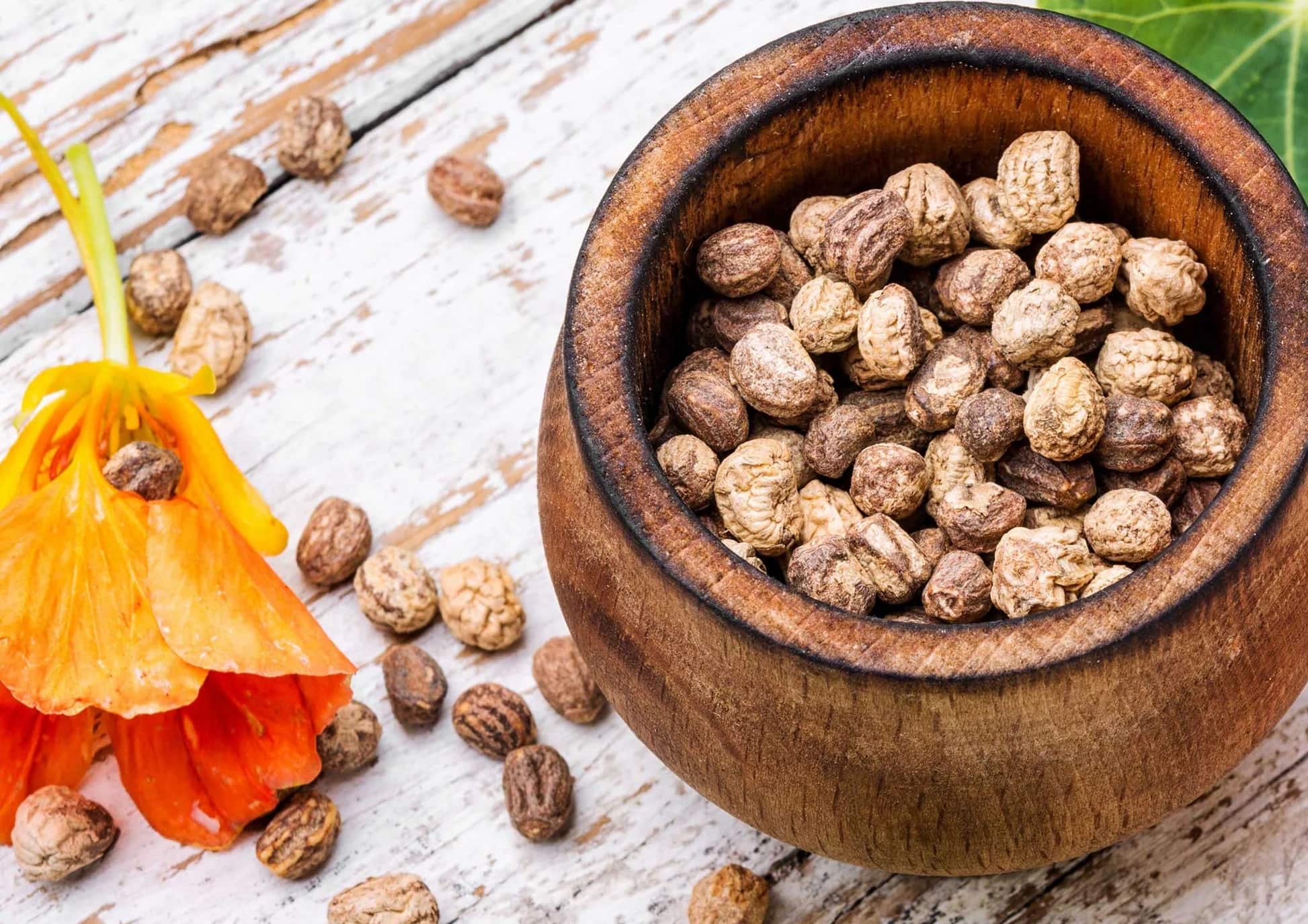
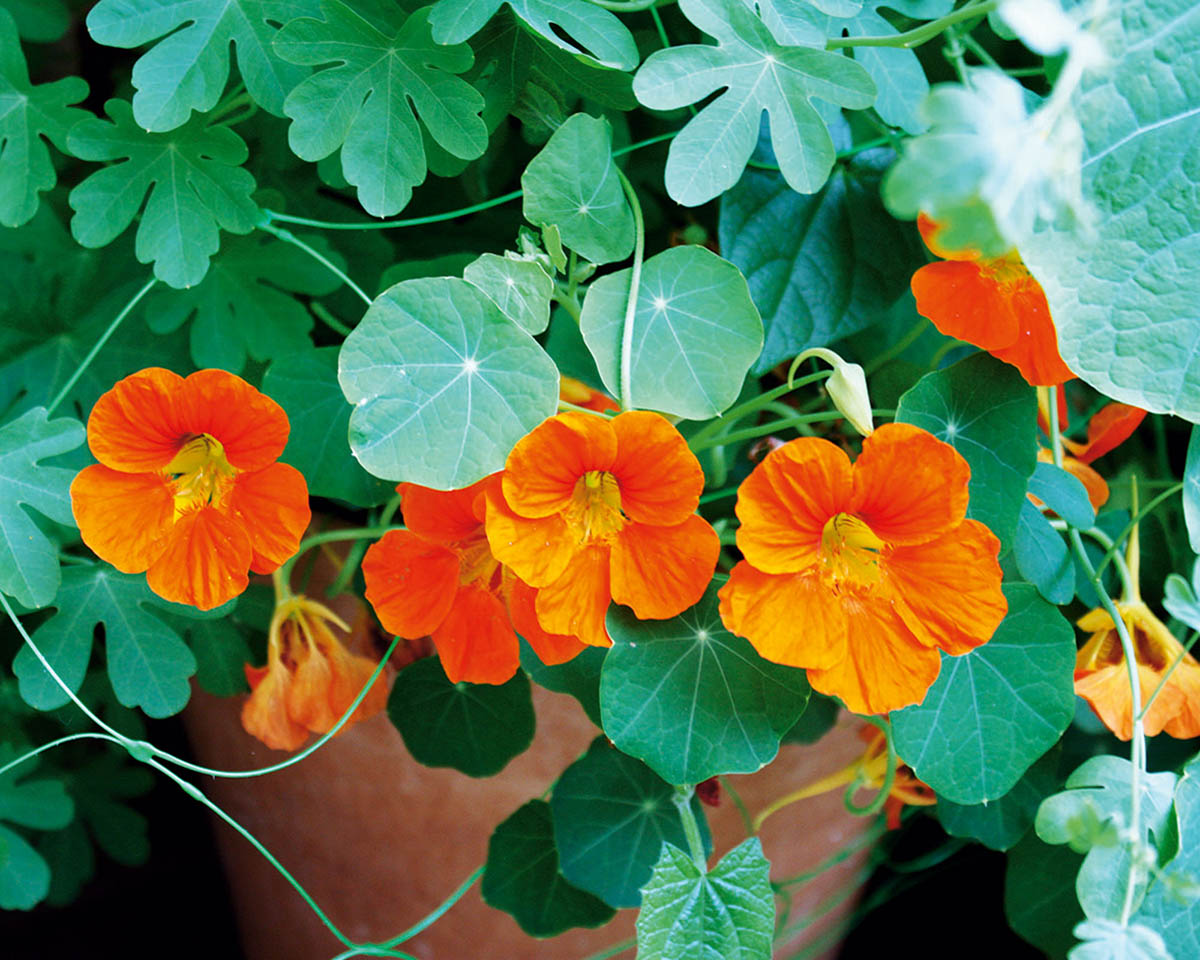


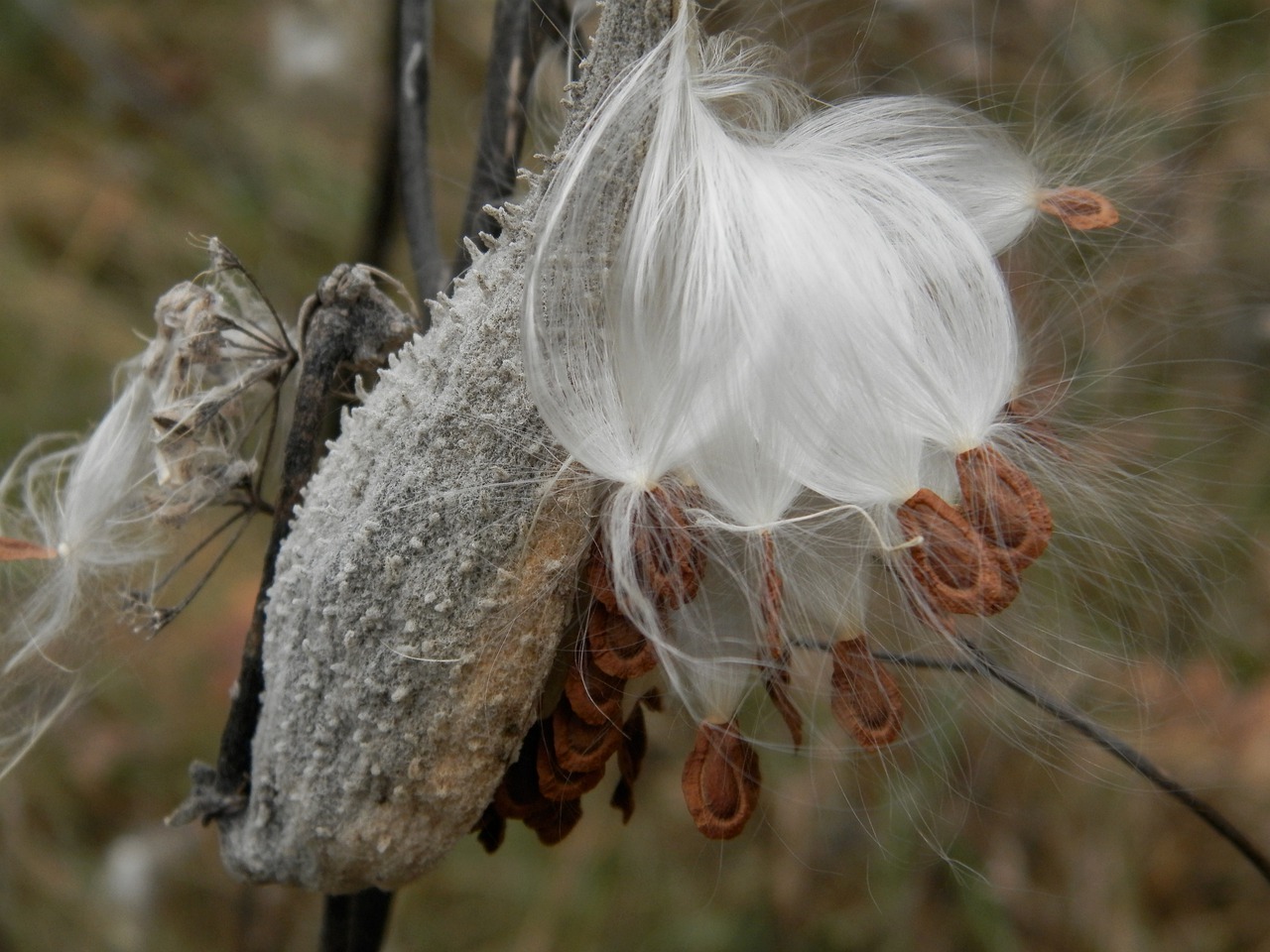
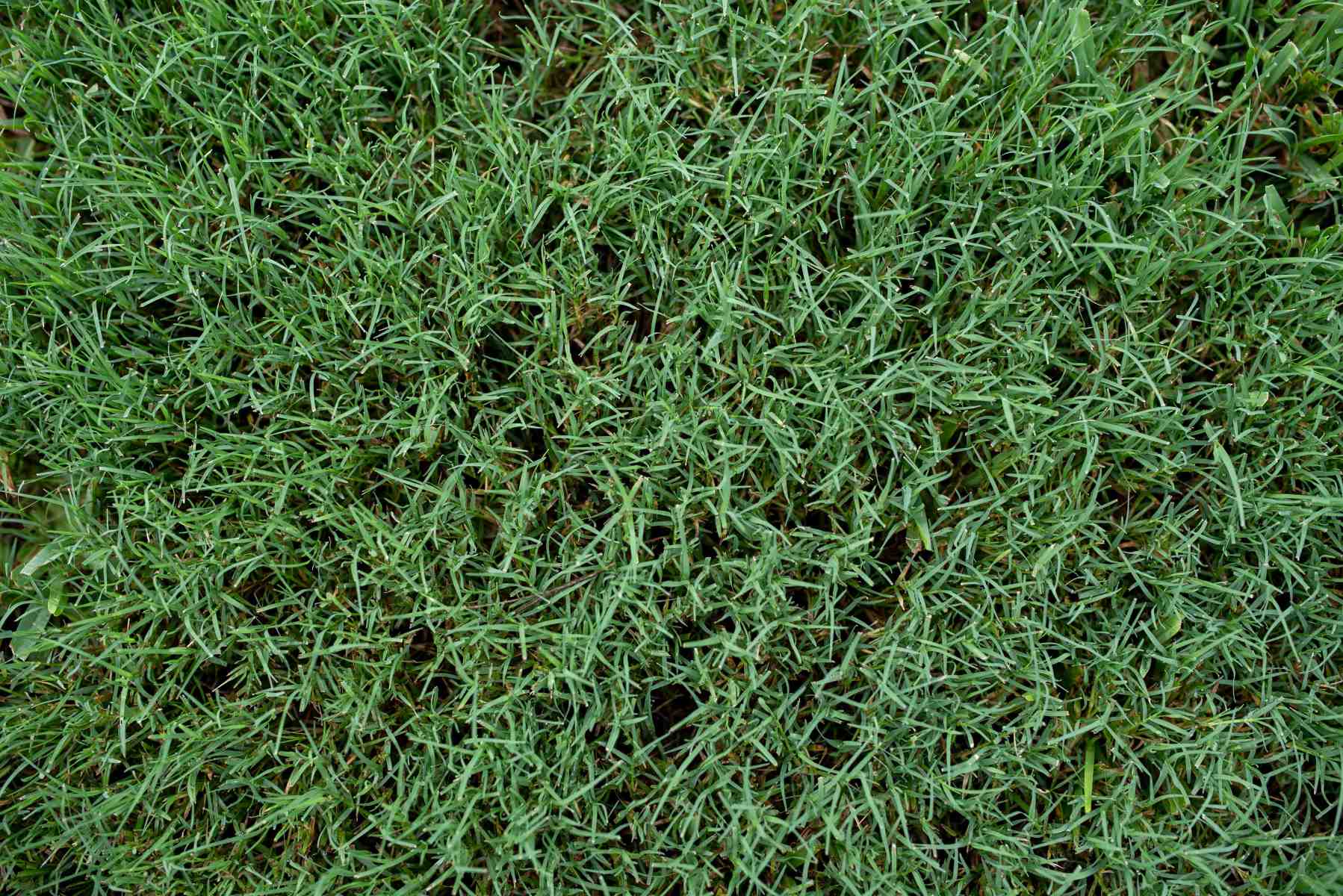
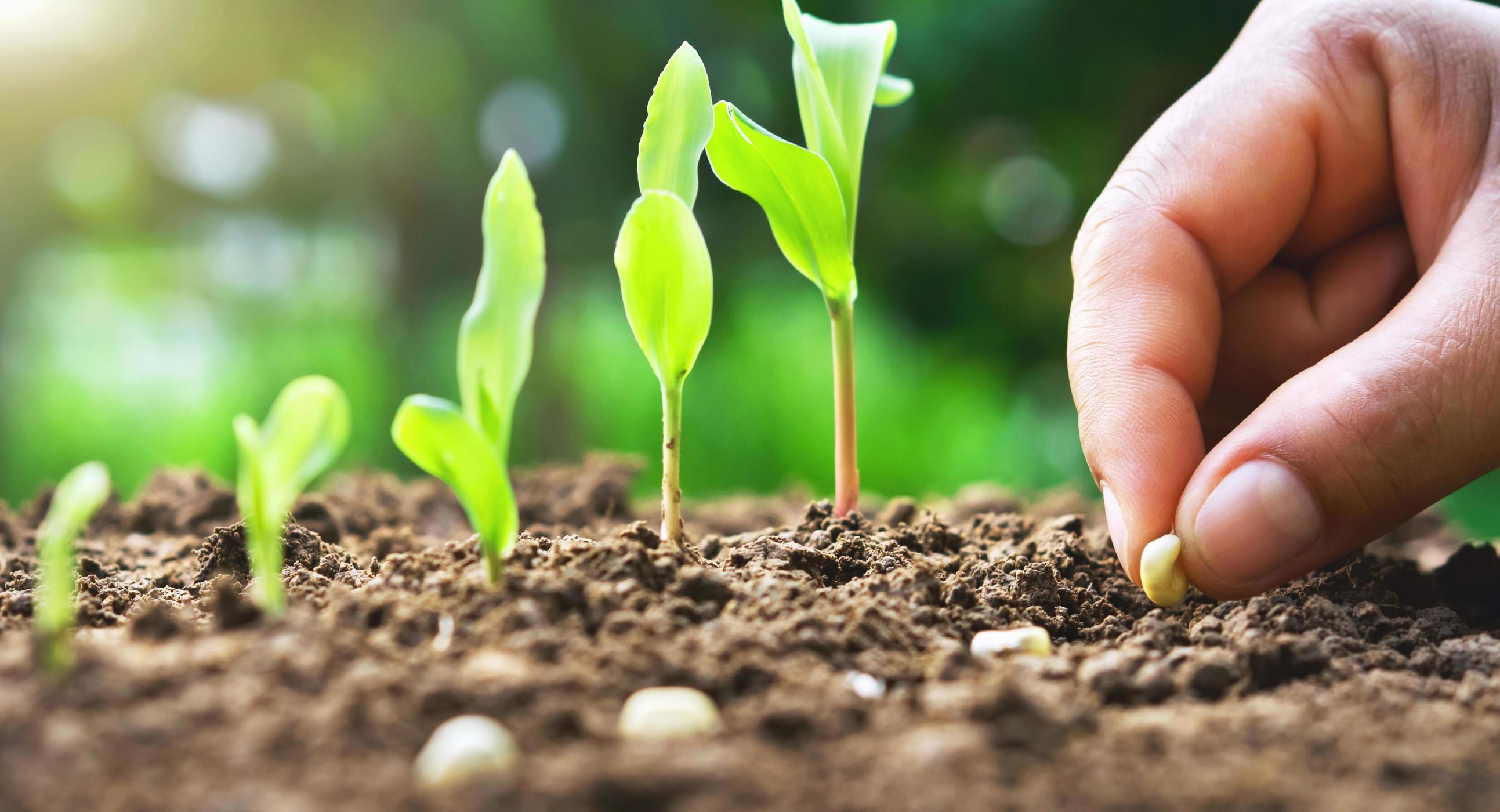
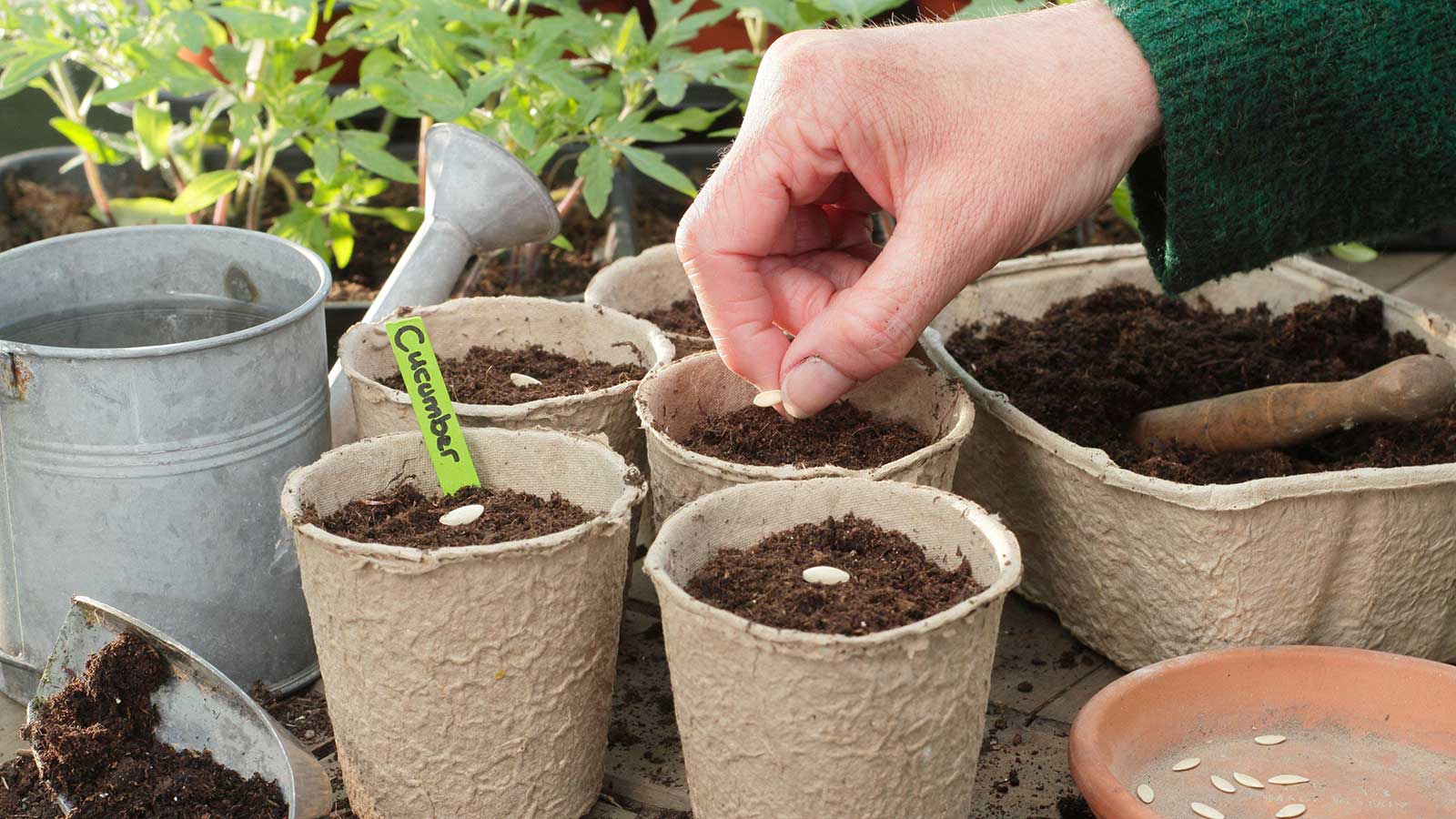
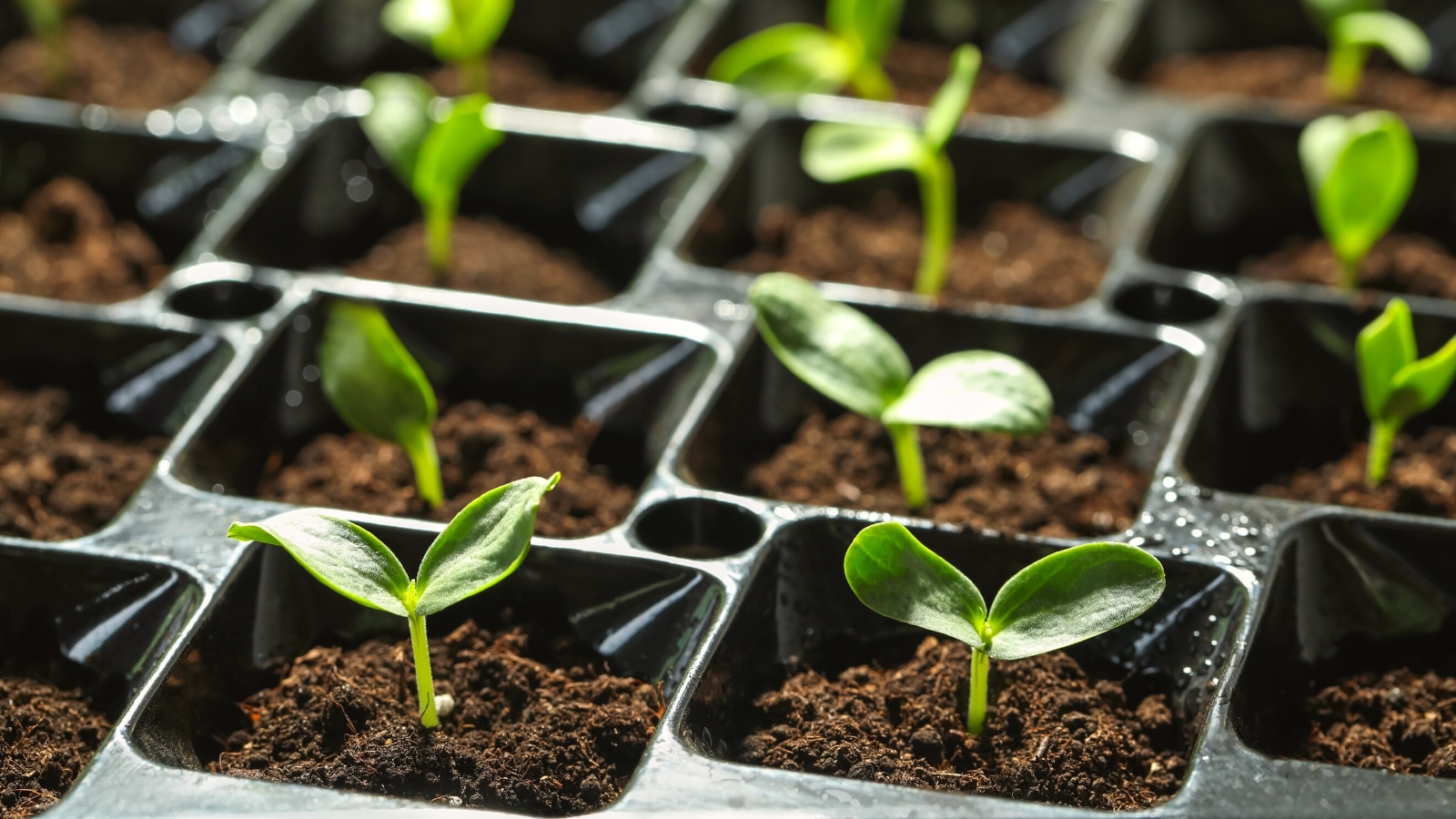
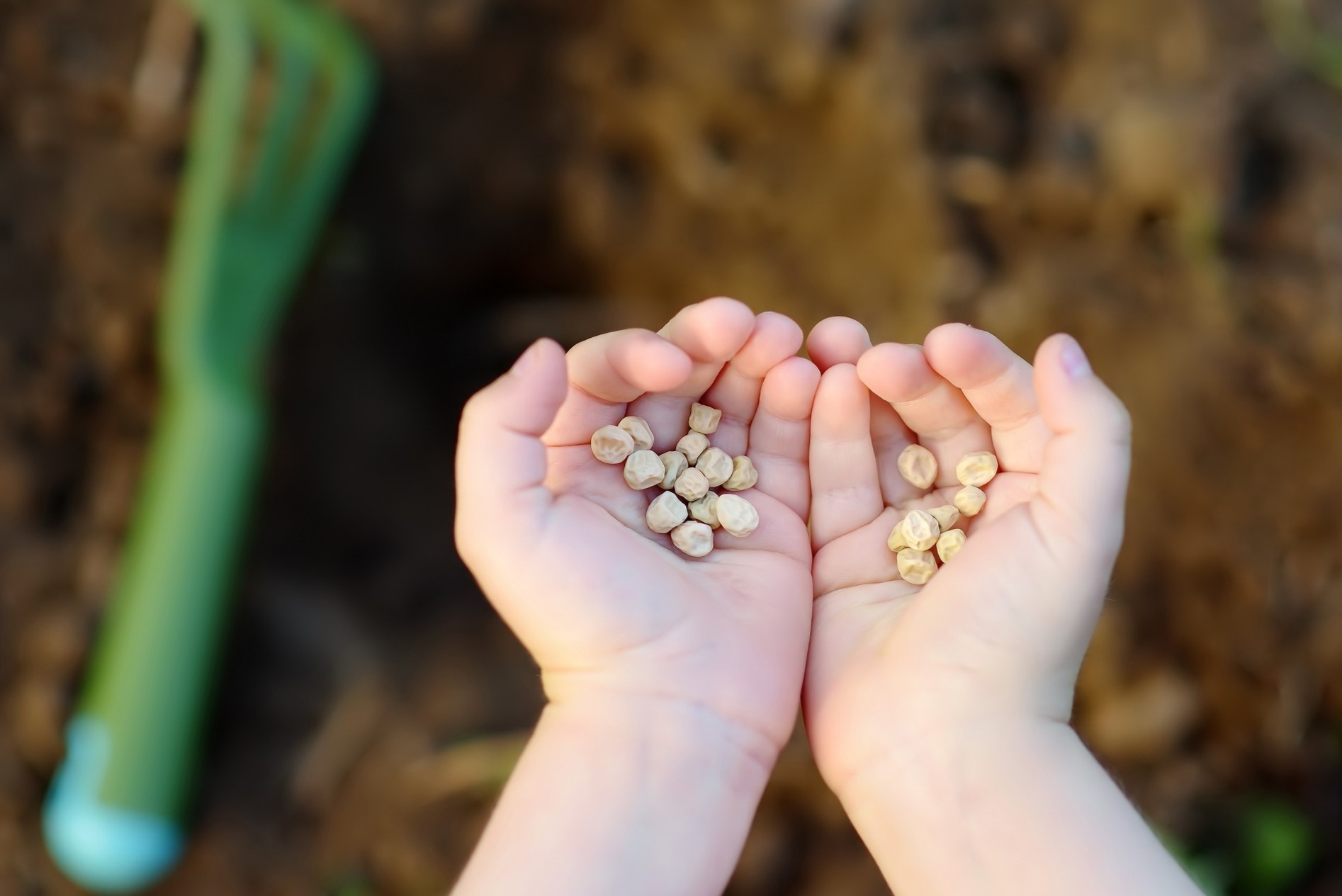
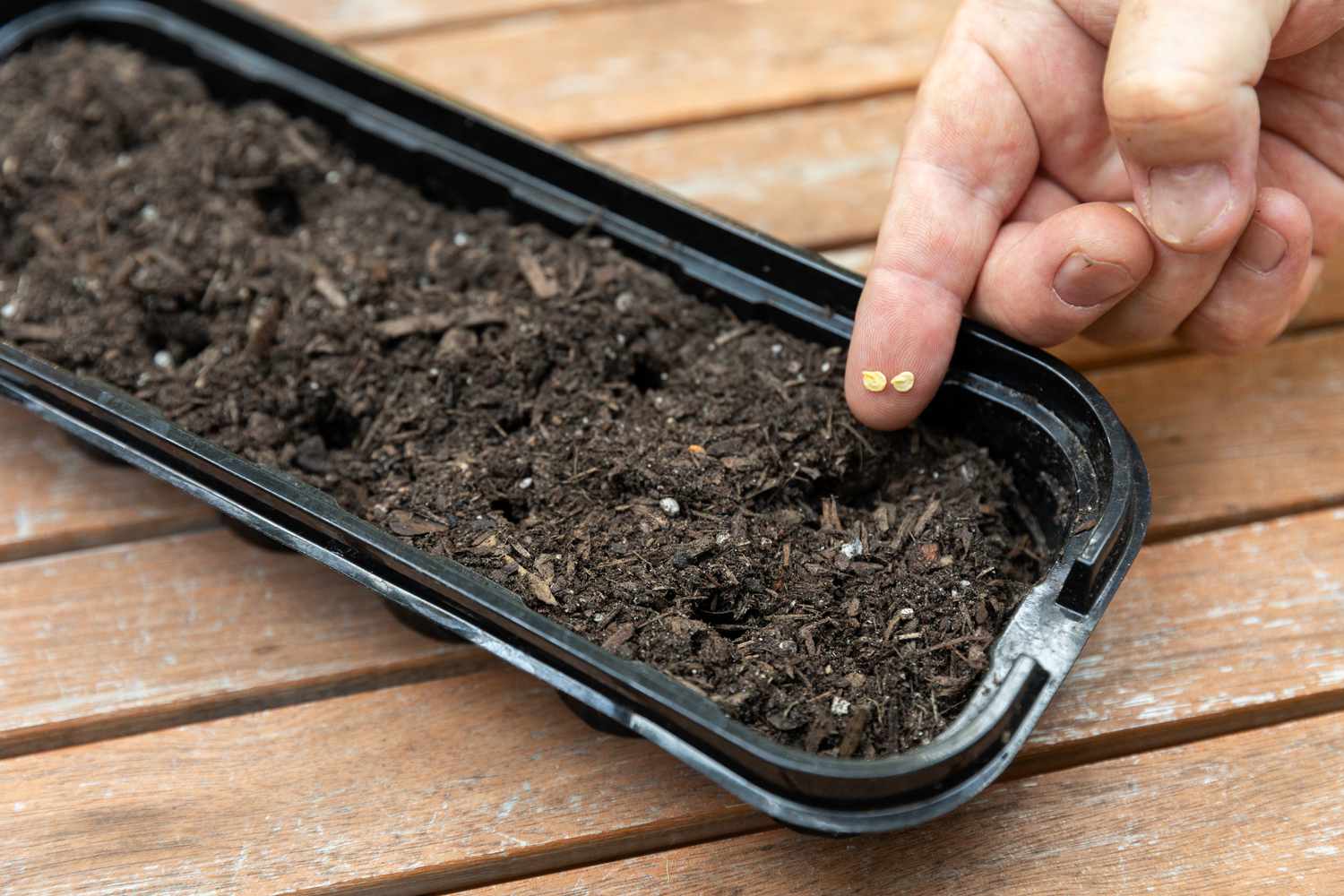
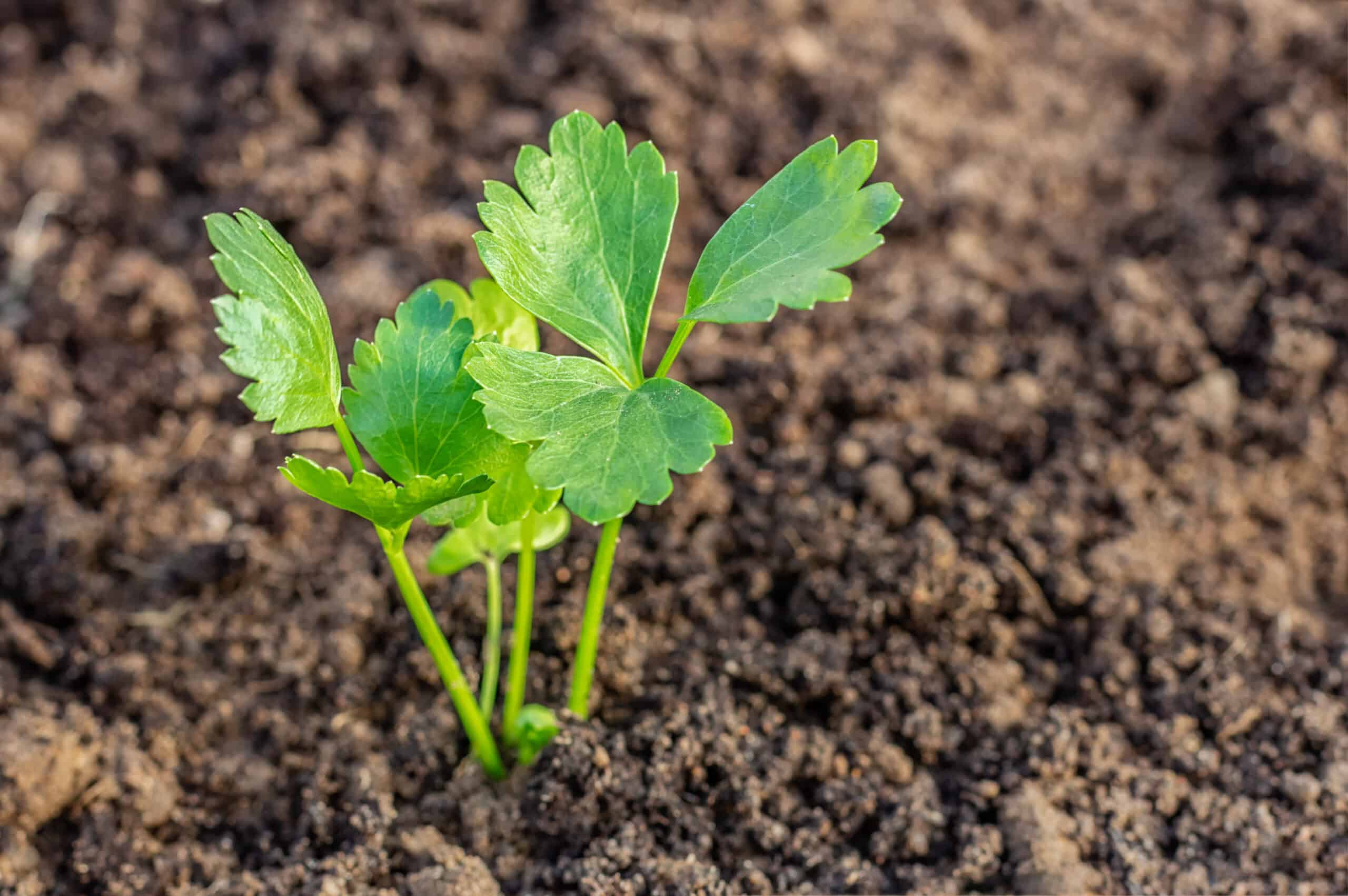
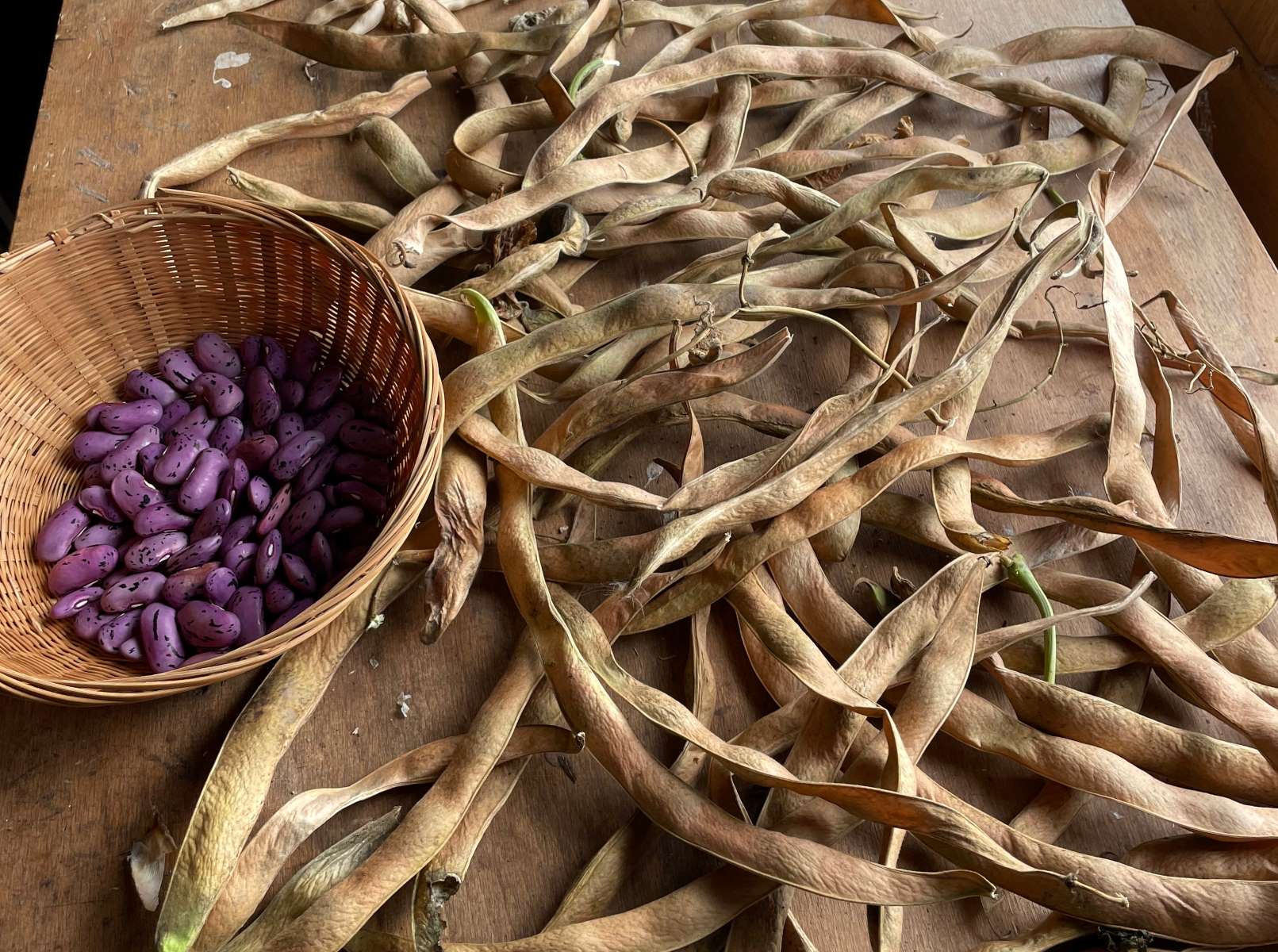

0 thoughts on “How To Plant Nasturtium Seeds”